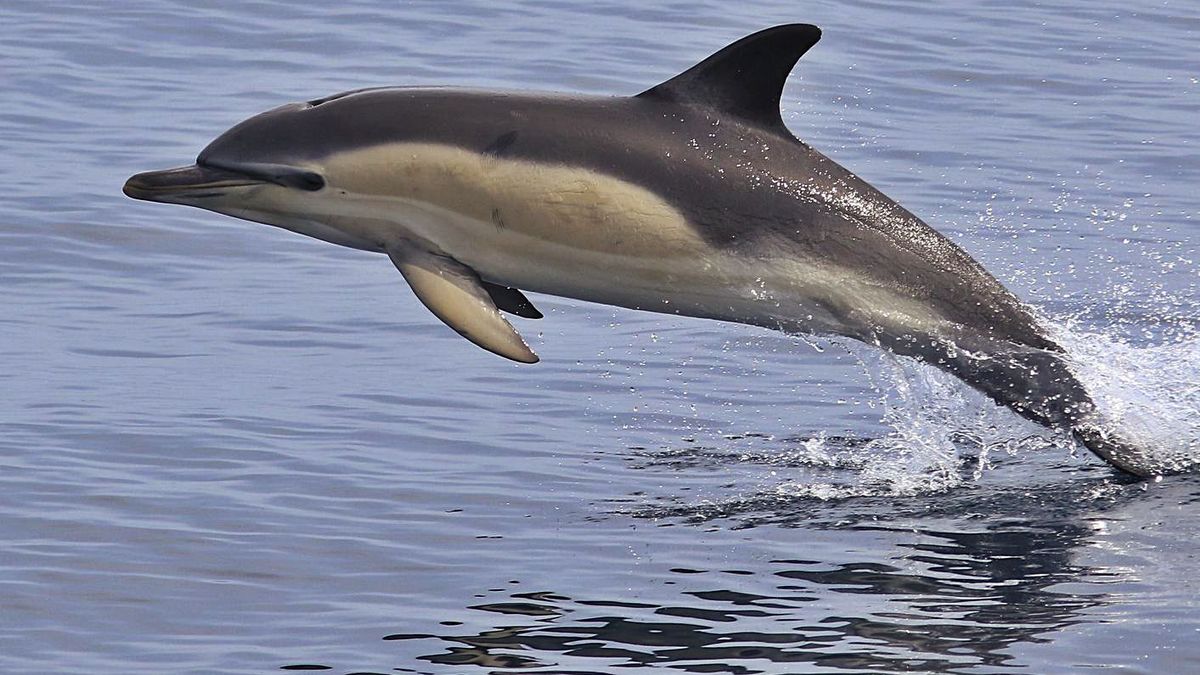The CetAMBICion project has proposed, among its final results, a series of common and coordinated measures with the aim of improving management to reduce cetacean bycatch in the Bay of Biscay and Iberian Coast sub-region. This initiative, developed between 2021 and 2023, has strengthened collaboration and scientific work between Spain, France, and Portugal to estimate... Read more »
The CetAMBICion project has proposed, among its final results, a series of common and coordinated measures with the aim of improving management to reduce cetacean bycatch in the Bay of Biscay and Iberian Coast sub-region.
This initiative, developed between 2021 and 2023, has strengthened collaboration and scientific work between Spain, France, and Portugal to estimate and reduce cetacean bycatch in the Bay of Biscay and Iberian Coast Sub-region, in close cooperation with the fishing sector. As a result of this work, a series of recommendations have been proposed based on the studies carried out within the framework of the project, similar European initiatives, and the contribution of experts
MONITORING, MITIGATION AND GOVERNANCE
General monitoring, mitigation and governance recommendations are set out in this proposal.
To improve the monitoring of the impact of cetacean bycatch, several measures are proposed, such as:
- • Ensure that monitoring programs specifically address the bycatch issue.
- Explore the potential of remote electronic monitoring (REM) in monitoring bycatch events.
- Provide more resources to the stranding network to obtain quality data on the incidence of bycatch.
- Improve monitoring programmes to achieve robust and realistic estimates of the impact of bycatch on cetacean populations.
In terms of mitigation, the main conclusion is that measures and devices proven successful in some cases do not necessarily work for others and that the impacts of these (positive and negative) need to be carefully studied. These are some of the recommendations agreed upon in the framework of the project:
- Test the effectiveness of mitigation measures for each area, species and fishing métiers or techniques before implementing them on a larger scale.
- Carefully monitor the impacts (positive and negative) of mitigation measures and devices.
- Put in place adaptive plans that are updated based on the emergence of new solutions, as well as the results of monitoring the effectiveness and cost-benefit analysis of mitigation measures.
- Improve training and communication in the sector, so that measures are correctly implemented, as well as considering the recommendations that may arise from the sector that implements them.
- Ensure monitoring and surveillance. Invest in research into systems to verify the correct use of mitigation devices by the fleet.
- Invest in research and development of measures with minimal impact on ecosystems, especially those that contribute to limiting underwater noise pollution and other negative effects on protected species and non-target species.
- Establish time-area closures in certain metiers, for example, if the effectiveness and level of implementation of technical measures are considered insufficient to meet conservation objectives, considering the socio-economic impacts on the fishing sector and in a design in close collaboration between Member States and vessels fishing in the closed area.
In relation to the recommendations for improving governance and collaboration between the sectors involved, a continuously participatory process is a valuable tool for involving fishers and other stakeholders in fisheries management, mainly when biodiversity issues are addressed. In particular, it is proposed to:
- Build on the work being done through existing regional fisheries groups, to ensure that the fisheries sector is encouraged to participate and consulted in the decision-making process.
- Transparency and communication as key elements for success, especially with regard to monitoring and data collection, as well as reporting obligations and other legal requirements that Member States must comply with.
- Continue exchanging information, knowledge, and experience, as well as training, with specific capacity-building programmes, especially targeted at the sector.
- Explore different ways for administrations to incentivise fishers to participate in monitoring trials and explore funding sources to limit the cost to fishers of acquiring, maintaining, and monitoring mitigation devices.
All these measures have been formulated under the concept of prioritisation, taking into account that the most urgent are those that have to address priority problems, such as, for example, those linked to the populations of the harbour porpoise in the Iberian Atlantic, a species declared “critically endangered” in Portugal and “endangered” in Spain, and the common dolphin in the Bay of Biscay. The European Commission has called on member states to adopt measures to minimise by-catches of both species in these areas by the end of 2023. Priority should also be given to the development of bycatch mitigation methods for artisanal and industrial gillnets, trammel nets and beach seines, as these are some of the fishing gears with the highest potential risk of bycatch according to the risk analysis carried out in the CetAMBICion project itself. In addition, a series of specific measures have been proposed for large fishing gear groups; fixed nets, trawl nets, purse seines and beach purse seines.
Although these recommendations are not legally binding, they are relevant for the implementation of cetacean bycatch mitigation measures and will be considered in the plans and strategies adopted by the competent authorities of France, Portugal and Spain.
CETAMBICION
The CetAMBICion project, coordinated by the Institute of Marine Research (IIM-CSIC) and involving 15 partners from Spain, France and Portugal, aims to strengthen collaboration and scientific work between the three countries to estimate and reduce cetacean bycatch in the Bay of Biscay and Iberian Coast sub-region, in close collaboration with the fishing sector.
The project is part of the European Commission’s DG ENV/MSFD 2020 (Marine Strategy Framework Directive) call, and the objectives are also aligned with the Habitats Directive and the Common Fisheries Policy.


